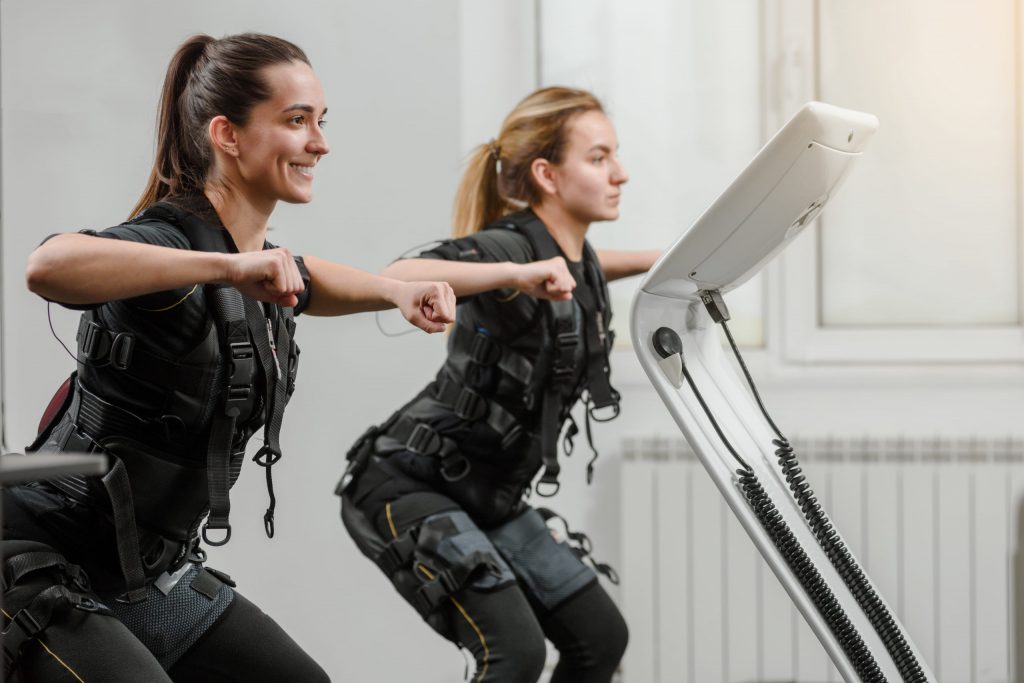Background: Researchers wanted to examine guidelines for applying EMS to whole Body and to determine the efficacy and safety of applying EMS to healthy men to improve cardiopulmonary and psychophysiological variables.
Method: Sixty-four participants were randomly grouped into control group (no EMS – 15 Female, 18 Male) or test group (received EMS – 15 Female, 16 Male). This was conducted over a 6-week period. Used Bruce-protocol Stage definitions (up to 5 stages). Stage 1 (5 Metabolic equivalents METs), Stage 2 (7 METs), Stage 3 (9 METs), Stage 4 (11 METs) and onwards.
Finding: There were no abnormal changes in cardiopulmonary variables (heart rate, systolic blood pressure, diastolic blood pressure, and oxygen intake) during or after exercise in both groups.
Conclusion: The application of WB-EMS did not negatively affect the cardiopulmonary and psychophysiological factors (soreness, anxiety, fatigability and sleeplessness).
Research Paper: Jee, Yong-Seok (2018) “The efficacy and safety of whole-body electromyostimulation in applying to human body: based from graded exercise test.” Journal of Exercise Rehabilitation 14. pp. 49-57












